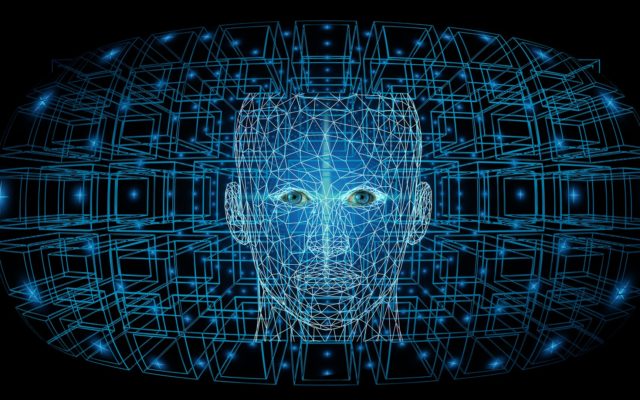To understand what drives a data scientist, we need to understand what doesn’t. There’s a reason why the term “scientist” is used to describes practitioners of this alchemy, and sans the white coat and clipboard, one might have difficulty telling the data scientist apart from their laboratory equivalent.
Rather than trying to come up with the most obvious ways to present information, good data scientists grapple with the hardest-to-find-information and insight, often buried deep inside data files.
Naturally, intuition and curiosity are needed, but good data scientists also have a slightly masochistic edge; they have to love going back and finding more data.
As with anyone who has devoted more than a few hours to solve a problem, the process regularly involves dead ends. A good data scientist will look to minimize the time spent extracting obvious insights.
They know they need to share these insights, but they also don’t want to spend cycles working on something they could have scripted the last time they encountered it.
A sophisticated, trained data scientist is doing something else entirely. The goal of data scientists is to find and exploit hidden insights within the data.
In addition to the analytical skills that are commonly identified as important for this job, a good data scientist must have broad experience with a range of analytical tools. Not just obscure tools that are at the bottom of a GitHub list of top languages.
And not just the most popular tools that everyone uses. Good data scientists need to have an insider’s edge on where toolsets are trending and the inherent advantages of each. Everything. It’s not just an issue of looking for the newest, shiniest object.
Tomorrow’s new ML framework might converge on a solution 10x faster than the one from last week. Literally.
Good data scientists “need” a complete understanding of the technology involved. They have to be able to decode all the complexities of big data from what seems like trillions of possibilities.
Ultimately, a good data scientist’s work is much more than parsing piles of numbers from databases, images and text. It’s about creating a story to help customers put complex data in context and to decide how to apply these insights.
Every problem must be viewed through the context of the organization asking about it. That context can make the difference between success and failure for any data project, something all good data scientists know.
You might like to read Chief Data Officer role definition by Gam Dias, next.
Article by channel:
Everything you need to know about Digital Transformation
The best articles, news and events direct to your inbox







